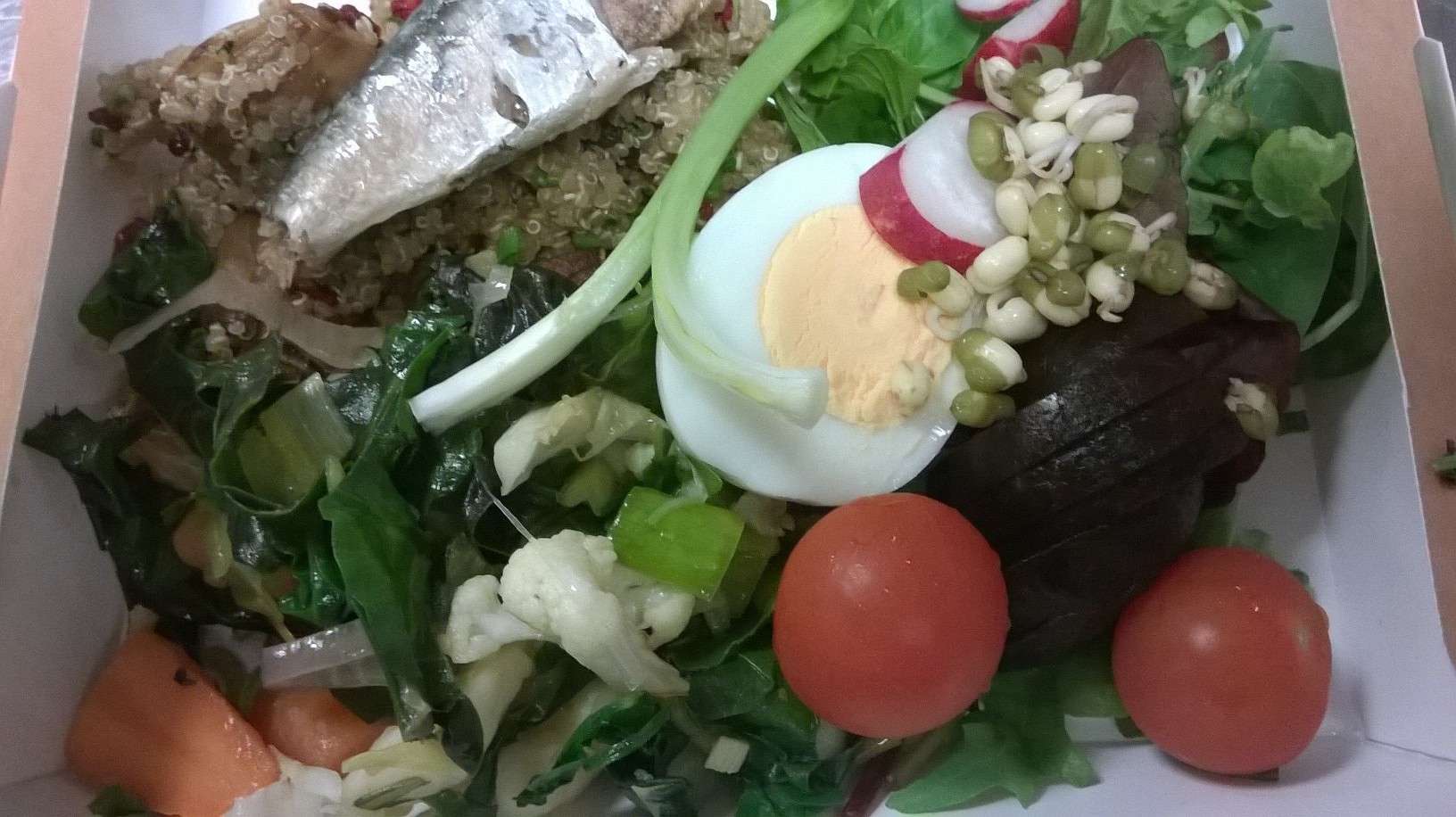A Deliciously Virtuous Salad
There are fewer things to make one feel more virtuous than collecting some free foraged food whilst enjoying some fresh air and exercise. Throw in some simple home cultivation in the form of sprouting seeds and a tasty salad made on your return will only add to your growing sense of karma. So heres the ingredients for your dish.
First the foraging bit*. The hardest part, especially in the cold winter months, is setting off but once outside I am always amazed at quickly you can find wild and edible food – its a case of getting to know your local patch. Here are some suggestions of edible plants you can find even in the depths of Winter.
Hairy Bitter Cress – Cardamine hirsuta
Often growing as a weed in gardens or as an invader of slighly neglected pots it has lovely little white flowers and an excellent sharp cress like flavour. This will make a great addtion to your salad.
Common Sorrel – Rumex acetosa
Sorrel is a member of the Oxalis family. This is a clue to its sharp very clean lemony flavour given to it by oxalix acid present in the leaves. Its great at livening up a salad and a little goes a long way. I find it in every month of the year on heathland around Sheffield often needing to comb down towards the base of longer grasses
Judas Ear Fungus - Auricularia auricula-judae
Very prominent particularly on dying branches of elder trees this strickingly ear like and edible fungus can be brittle in dry weather. However, a quick soak in water or stock and it quickly reconstitutes into its love it or hate it jelly like texture. It is this texture which will add interest to the salad.
Sprouting Seeds
The easiest and quickest crop I have ever grown and you dont need any fancy equipment. You can sprout virtually any seed from lentils and peas to grains and even oats and buckwheat. However, I have found that mung beans can produce a crop in a matter of a couple of days in a warm kitchen. Simply take an old jam jar and after soaking a thin layer of mung beans in the bottom overnight, drain and leave on your windowsill. Rinse twice day – I tend to pour water into the jar and tip back out into a sieve then back into the jar. Literally after a couple of days the seeds will sprout – leave and they will get bigger or rinse and store in the fridge to use as required.
The Salad
The beauty of cooking is there are no set rules but heres one I made with wild and home grown ingredients – vary according to your finds and store cupboard. The nutrition from the oily fish, egg, greens and quiona gives high quality protein, beneficial fats and a flavour explosion!
4 servings
150g dry weight Quinoa cooked and cooled
1/2 tin of sardines
2 local free range eggs (Aston Spring farms Good)
Handful of your sprouting seeds
Handful of foraged greens
Half bag of spinach leaves
2 Cooked beetroot
8 Cherry Tomatoes
Dressing – could be simply drizzled with good quality olive oil and seasoned
* Please Note:
It’s important as always to stress that it is vital to be absolutely 100% sure of your identification before eating any wild food. Using the best field guides and cross referencing between them is very useful. Some useful guides are: A selection of useful foraging guide books:
The River Cottage Handbook number 7: Hedgerow by John Wright
Ray Mears and Gordon Hillman – Wild Food
Edible Wild Plants and Herbs – Pamela Michael
Food for Free – Richard Mabey
However, even if all this checks out there can still be considerable issues to consider not least individual tolerances to new foods. A great resource with tips for a tolerance test can be found here. (http://www.eatweeds.co.uk/safety-guidelines-for-edible-wild-food-plants)





